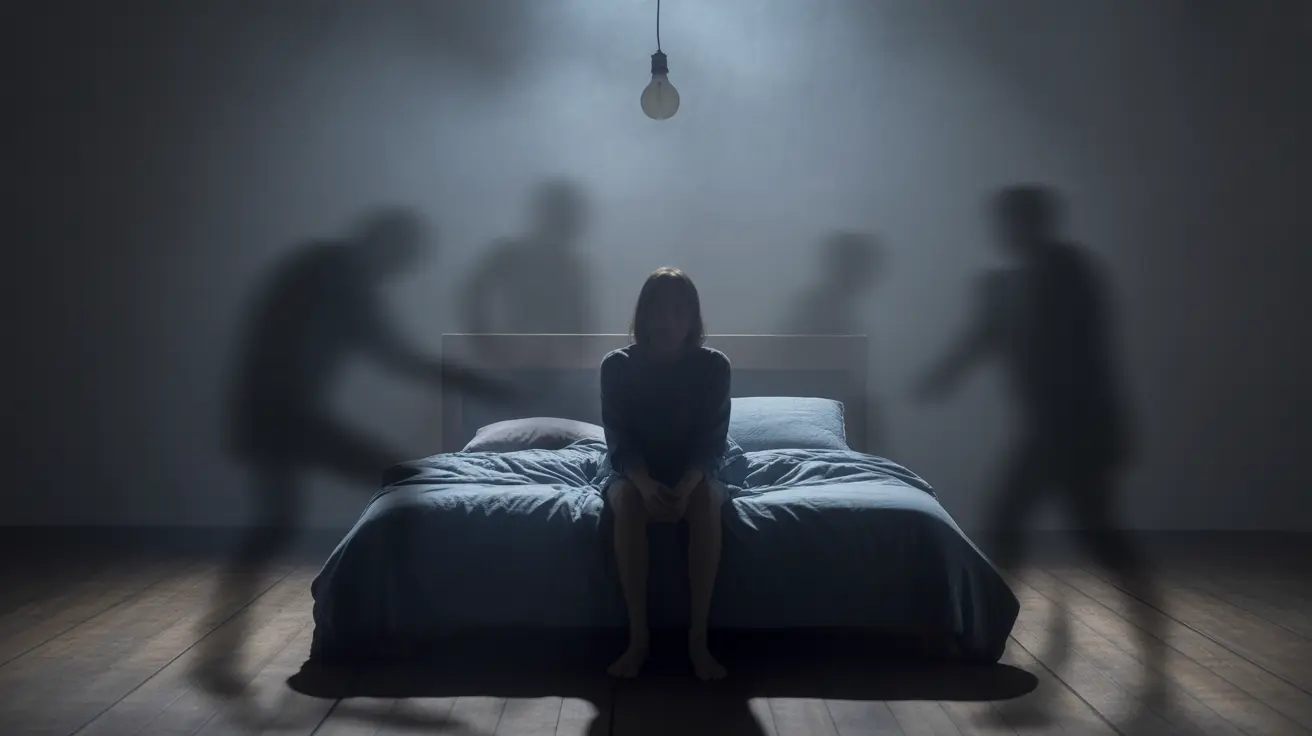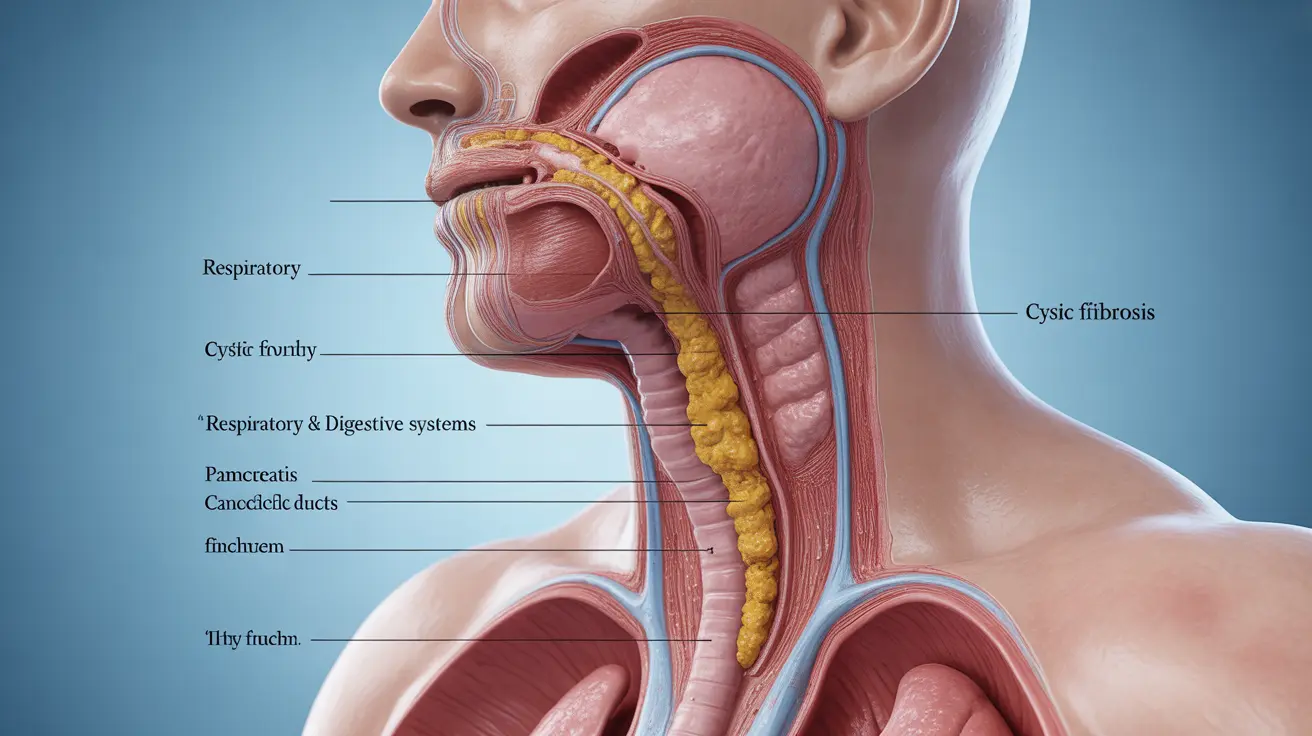Old hag syndrome, medically known as sleep paralysis, is a fascinating yet often frightening sleep phenomenon that affects many people worldwide. This temporary inability to move while transitioning between sleep and wakefulness can be accompanied by vivid hallucinations and a sense of presence in the room, leading to considerable distress for those who experience it.
While the nickname "old hag" stems from folklore where people believed a witch or demon was sitting on their chest during these episodes, the condition is actually a natural, though unsettling, sleep-related occurrence that can be understood and managed effectively.
What Happens During Old Hag Syndrome?
During an episode of old hag syndrome, the body remains in a state of muscular paralysis typically associated with REM sleep, even as consciousness begins to return. This disconnect between mind and body creates the characteristic inability to move, speak, or react to perceived threats in the environment.
The experience typically lasts from a few seconds to several minutes, though it may feel much longer to the person experiencing it. During this time, the brain is caught between sleep and wakefulness, which can lead to a variety of sensory experiences.
Common Symptoms and Hallucinations
The manifestations of old hag syndrome can vary significantly from person to person, but often include:
- Temporary inability to move or speak
- Sensation of pressure on the chest
- Difficulty breathing
- Feeling of a presence in the room
- Visual, auditory, or tactile hallucinations
- Intense fear or panic
These symptoms, while alarming, are not physically harmful and typically resolve on their own as the person fully awakens.
Risk Factors and Triggers
Several factors can increase the likelihood of experiencing old hag syndrome:
- Irregular sleep patterns
- Sleep deprivation
- High stress levels
- Sleeping on your back
- Mental health conditions like anxiety or PTSD
- Family history of sleep paralysis
- Certain medications affecting sleep cycles
Prevention and Management Strategies
While it's not always possible to prevent episodes entirely, several strategies can help reduce their frequency:
- Maintain a consistent sleep schedule
- Practice good sleep hygiene
- Manage stress through relaxation techniques
- Consider sleeping in a different position
- Create a comfortable sleep environment
- Address underlying mental health concerns
- Avoid caffeine and heavy meals before bedtime
When to Seek Medical Help
While old hag syndrome is generally harmless, consulting a healthcare provider may be beneficial if episodes:
- Occur frequently
- Cause significant anxiety or distress
- Interfere with regular sleep patterns
- Are accompanied by other sleep disorders
- Impact daily functioning or quality of life
Frequently Asked Questions
What causes old hag syndrome or sleep paralysis and why do I feel unable to move during an episode?
Old hag syndrome occurs when the body's natural sleep paralysis mechanism persists as you transition between sleep and wakefulness. During REM sleep, your body naturally paralyzes most muscles to prevent you from acting out dreams. In sleep paralysis, this paralysis continues briefly into wakefulness, causing temporary inability to move.
What are the common symptoms and hallucinations associated with old hag syndrome?
Common symptoms include temporary paralysis, pressure on the chest, difficulty breathing, and vivid hallucinations. People often report seeing shadowy figures, hearing strange sounds, or feeling a presence in the room. These experiences, while frightening, are created by the brain's state between sleep and wakefulness.
How can stress, sleep habits, and mental health affect the risk of experiencing sleep paralysis?
High stress levels, irregular sleep patterns, and poor mental health can significantly increase the likelihood of experiencing sleep paralysis. These factors can disrupt normal sleep cycles and trigger episodes, particularly when combined with sleep deprivation or irregular sleep schedules.
What treatments and lifestyle changes help reduce or manage episodes of old hag syndrome?
Effective management strategies include maintaining regular sleep patterns, practicing stress reduction techniques, improving sleep hygiene, and addressing underlying mental health concerns. Some people also find relief by adjusting their sleeping position or creating a more comfortable sleep environment.
Is sleep paralysis dangerous, and when should I see a doctor if I keep having these experiences?
Sleep paralysis itself is not physically dangerous, but frequent episodes can impact mental well-being and sleep quality. Consult a healthcare provider if episodes occur frequently, cause significant distress, or interfere with daily life. They can help rule out other sleep disorders and provide appropriate treatment options.




